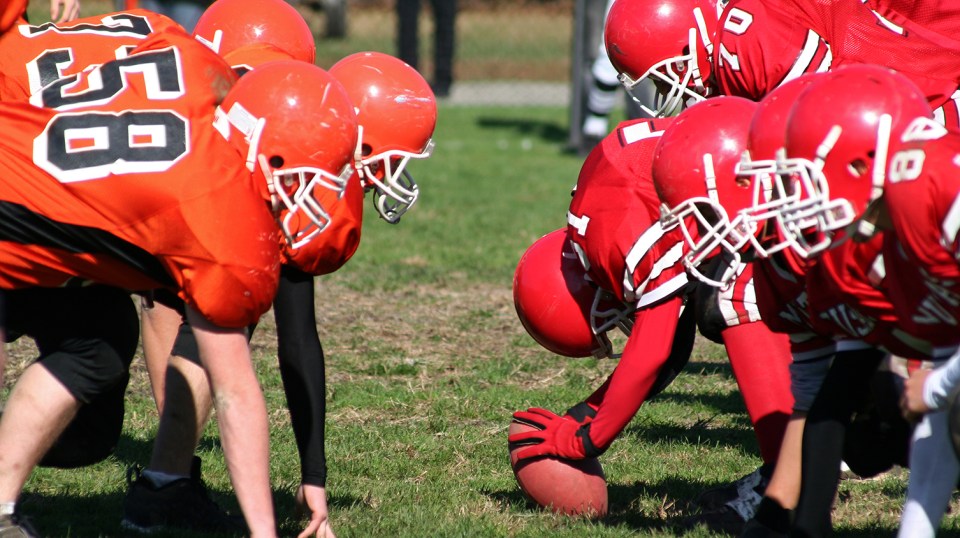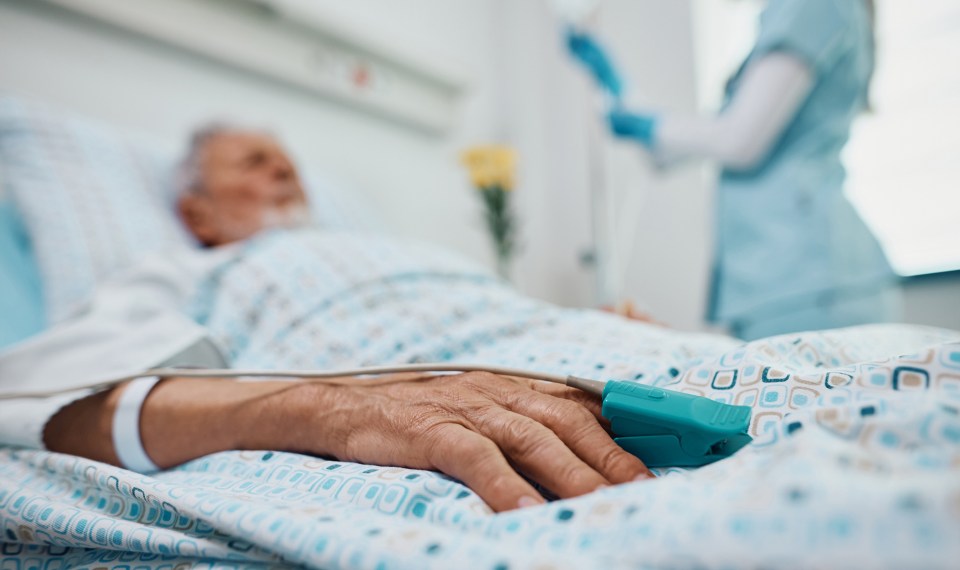It’ll soon be fall, and with that comes the start of school and yes— football, among other sporting activities.
A natural byproduct of that increase in sporting activities is an increase in the number of sports-related concussions.
The last 15 years has witnessed a tremendous increase in the attention directed toward sports-related concussions, with many organizations issuing guidelines for their management and return to play. Conventional wisdom and almost all the guidelines since 2001 have stressed the need for physical and cognitive rest until the person is asymptomatic followed by a graduated return to play. This may include no school work, television, computer screens or social interaction.
Clinics focusing solely on the treatment of concussion along with physicians and trainers specializing in treating athletes have popped up all over the place. Most follow the guidelines of cognitive and physical rest, but there is limited evidence to support that recommendation.
That “wisdom” is now being questioned by a series of recent studies. More and more data suggests that complete rest may actually be harmful. Most importantly, in December 2018, the American Academy of Pediatrics (AAP) issued a policy statement on “Sport-Related Concussion in Children and Adolescents.”
Rest, including removal from team and academic functions may increase the risk of depression, social isolation and academic problems. We know that 30 days of bed rest reduces exercise performance, increases fatigue and that symptoms of depression may occur within seven days.
Everyone agrees that the athlete who has sustained a concussion must be removed from play and not returned until they are free of any symptoms and have followed a formal “Concussion Protocol.” The new guideline from the AAP recommends:
- Limited rest for 24-48 hours
- Reasonable light activity like brisk walking
- Return to academic work with a reduced load and academic accommodations
- No need to completely eliminate electronics and phones
- Good sleep hygiene
- Pain control with limited acetaminophen or ibuprofen
- Return to play schedule at levels that do not exceed symptom exacerbation threshold during recovery. In other words, exercise below a level that produces any symptoms
- Once the symptoms have resolved, a progression of sports-related activities
- Sports-specific aerobic exercise
- Non-contact training drills
- Contact drills
- Return to play
Student athletes who followed these new guidelines had a significantly shorter time to symptomatic recovery and most pediatric and adolescent athletes recover in four weeks.
OK, it is time for a disclaimer. I am a neurologist, we live in Texas and my youngest grandson is a high school football quarterback. (Go Rangers!) As with any injury, each individual should consult with their doctor to determine the right approach for them.
Resources: Halstead ME, Walter KD, Moffatt K and Council on Sports Medicine and Fitness: Sport-Related Concussion in Children and Adolescents. Pediatrics 2018; 142 :(6) 142e20183074
The content of this site is for informational purposes only and should not be taken as professional medical advice. Always seek the advice of your physician or other qualified healthcare provider with any questions you may have regarding any medical conditions or treatments.




